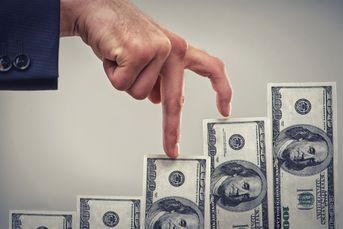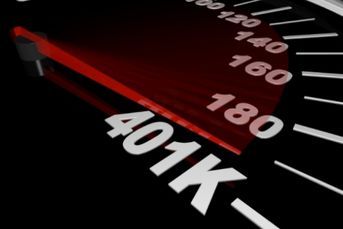It was a Monday: Bill Gross pinpoints the day the 30-year bond rally ended
Pimco fund manager says bull market peaked on April 29; Treasuries still better than cash
Pacific Investment Management Co.’s Bill Gross, manager of the world’s biggest fixed-income fund, said the 30-year bull market for bonds has probably ended as yields reached a low and prices peaked.
“You need to look at an amalgamation of Treasuries, mortgages and corporates, and not just Treasuries,” Gross, co-founder and co-chief investment officer of Newport Beach, California-based Pimco, said in an e-mailed statement. “Measured on that basis, 4/29/13 has been the price high and yield low, to this point.”
Gross, who earned the nickname “The Bond King” in media outlets and was awarded fixed-income manager of the decade in January 2010 by Morningstar Inc. (MORN), said today on Twitter that the bond bull market has “likely ended” and that fixed-income returns will probably be in the range of 2 percent to 3 percent. Gross spoke about an end to the fixed-income market rally in 2010, saying in March of that year that bonds may have seen their best days and then eight months later that a renewal of asset purchases by the Federal Reserve may signify an end of the bond bull market.
The yield on Bank of America Merrill Lynch’s U.S. Broad Market Index, which includes Treasuries, corporate debt and mortgage bonds, fell below 1.58 percent on April 29, before rebounding to 1.67 as of yesterday. Yields on 10-year U.S. Treasury notes fell to 1.61 percent on May 1, the least since December. The yield dropped to a record low of 1.38 percent in July 2012. The yield climbed to 1.93 percent today, and traded at 1.89 percent at 1:56 p.m. in New York.
Selling Risk
Gross has been advising investors to sell riskier assets and buy government debt, including inflation-linked securities and nominal Treasuries as central banks pursue unprecedented stimulus measures. He raised the holdings of Treasuries in his flagship fund in April to the highest level since July 2010.
Treasuries, for now “are a better alternative than cash,” Gross wrote in his monthly investment outlook on May 1. “Current policies come with cost, even as they magically float asset prices higher. Negative real interest rates, inflation, currency devaluation, capital controls and outright default” are among the costs, or “haircuts,” from global central banks’ unprecedented monetary stimulus.
Government Holdings
The proportion of U.S. government securities in the $292.9 billion Total Return Fund (PTTRX) increased to 39 percent, from 33 percent in March, according to data released yesterday on Pimco’s website. Mortgage holdings rose to 34 percent, from 33 percent in March, which was the lowest level since August 2011. The company doesn’t comment directly on monthly changes in its portfolio holdings.
Gross’s fund lost an estimated $5 billion to withdrawals in 2011, according to Morningstar, as he endured what he termed “a stinker” after eliminating U.S. Treasuries early in the year and missing a rally when investors rushed to the safety of government-backed debt.
Pimco has expanded its offerings in the past few years, adding exchange-traded funds, equity products, multiasset and alternative funds, in anticipation of investors moving beyond traditional U.S. bond funds to capture higher returns.
Monetary Stimulus
Other central banks around the world are pursuing monetary policies similar to the U.S. Federal Reserve to boost domestic economic growth. The U.S. has held its target interest rate at a record low zero to 0.25 percent since December 2008 and spent $2.3 trillion purchasing Treasury and mortgage-related debt from 2008 to 2011 in the first two rounds of quantitative easing. The Fed buying this year has been divided between $40 billion a month of mortgage-backed securities and $45 billion a month of Treasury securities.
The European Central Bank last week cut its key interest rate to a record low 0.5 percent from 0.75 percent. Australia cut borrowing costs to a record this week and India and South Korea trimmed borrowing costs this month. The Bank of Japan on April 4 announced it would double monthly bond purchases.
The Total Return fund returned 6.8 percent over the past year, beating 90 percent of its peers, according to data compiled by Bloomberg. It returned 0.3 percent in the past month, beating 54 percent of its peers.
The fund’s government and Treasury debt category includes fund holdings of U.S. Treasury notes, bonds, futures and inflation-protected securities.
Pimco, a unit of the Munich-based insurer Allianz SE (ALV), managed $2.04 trillion in assets as of March 31.
–Bloomberg News–
Learn more about reprints and licensing for this article.






